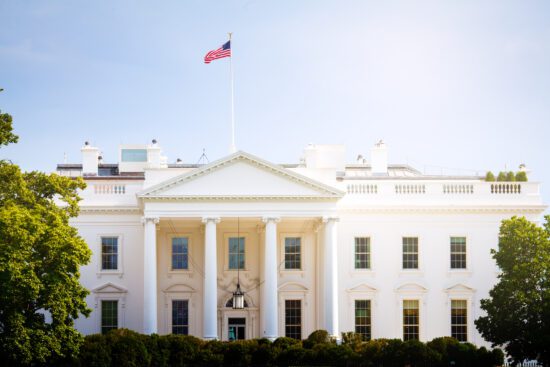On Tuesday, Americans will go to the polls to finish casting their ballots for the 2020 election. But while that will complete the process for many of the offices they are voting for (such as for Senators or state legislatures), it is merely the first step in the Electoral College process that is used to elect the President and Vice President of the United States. Here is what you should know about that process.
What is the Electoral College?
Although the term “Electoral College” is never used in the Constitution (Article 2, Section 1, Clauses 2 and 3), the electors that choose the President at each election are traditionally called a College (meaning a group of people organized toward a common goal). The Electoral College was proposed by James Wilson, a leading constitutional lawyer among the Founding Fathers, at the Constitutional Convention. Wilson’s plan was offered as a compromise between those who wanted the Congress to choose the president and those who believed the election should be decided by the state legislatures. The Framers were generally in agreement against giving the people the power to directly elect the president.
What amendments to the U.S. Constitution affect the Electoral College?
There have been only two amendments to the constitution involving the Electoral College. The 12th Amendment specifies that electors must cast distinct votes for the president and vice president, rather than electoral votes for two candidates. The 23rd Amendment gives this District of Columbia voting rights equal to the whole number of Senators and Representatives in Congress to which the District would be entitled if it were a state, but in no event more than the least populous state (D.C. currently has three electoral votes).
Who decides how many electoral votes each state receives?
Each state receives an electoral vote for each U.S. Senator (two per state) plus one for each Congressional representative. Since the number of representatives is based on population, the state’s electoral votes are also based on the number of people who reside within a state. Currently, the Electoral College includes 538 electors, 535 for the total number of congressional members (435 in the House of Representatives and 100 in the Senate), and the three electors who represent Washington, D.C.
How do electoral votes decide who becomes President?
On the Monday following the second Wednesday in December (for 2020 election that will be December 14), the electors of each state meet in their respective state capitals to cast the official votes for President and Vice President. These votes are then sealed and sent to the president of the Senate (the current Vice President), who will open and read the votes on January 6th in the presence of both houses of Congress. The winner is sworn into office exactly two weeks later, at noon January 20.
Who are these electors?
The political party of the state’s popular vote-winning candidate designates its electors.
Since the political parties choose electors, they tend to be partisan political activists. The Constitution doesn’t have any requirements other than specifications for who cannot be an elector: A Representative or Senator, a high-ranking U.S. official in a position of “trust or profit,” or anyone who has “engaged in insurrection or rebellion” against the U.S.
Do the electors have to vote for the candidate who received the most votes in their state?
No. According to the Constitution (and a recent Supreme Court decision), the elector is free to cast his vote for anyone he or she chooses. In fact, there have been about 156 times when electors have voted contrary to the will of the people in their state, making them a “faithless elector.” Faithless electors, however, have never changed an election outcome. Anyone who votes against their state’s choice essentially ruins any future they might have had with their political party.
How many electoral votes are needed to win the election?
A Presidential candidate must receive a majority of the electoral votes (270 of the 538 eligible) in order to win the election. If no one receives a majority then the decision is made by the House of Representatives with each state delegation receiving one vote to cast for the three candidates who received the most electoral votes. This has happened twice in our nation’s history with the House choosing Thomas Jefferson over Aaron Burr and John Quincy Adams being selected over Andrew Jackson.
Wouldn’t relying on the popular vote be a better system?
Not necessarily. The main argument in favor of the Electoral college is that it protects federalism, and allows smaller states to have an influence on the choice of president. This also requires presidential candidates to take into consideration regional preferences. Without the Electoral College, California, Texas, Florida, and New York would likely determine the outcome of every election.
The popular vote is subject to types of fraud that don’t apply to the Electoral College system (except perhaps in swing states). Political parties, for instance, have no incentive to “run up the vote” when their candidate is going to take their state anyway, so they are less likely to resort to direct fraud. An effect of this potential benefit, though, is makes it virtually impossible for a third-party candidate to ever be elected.






